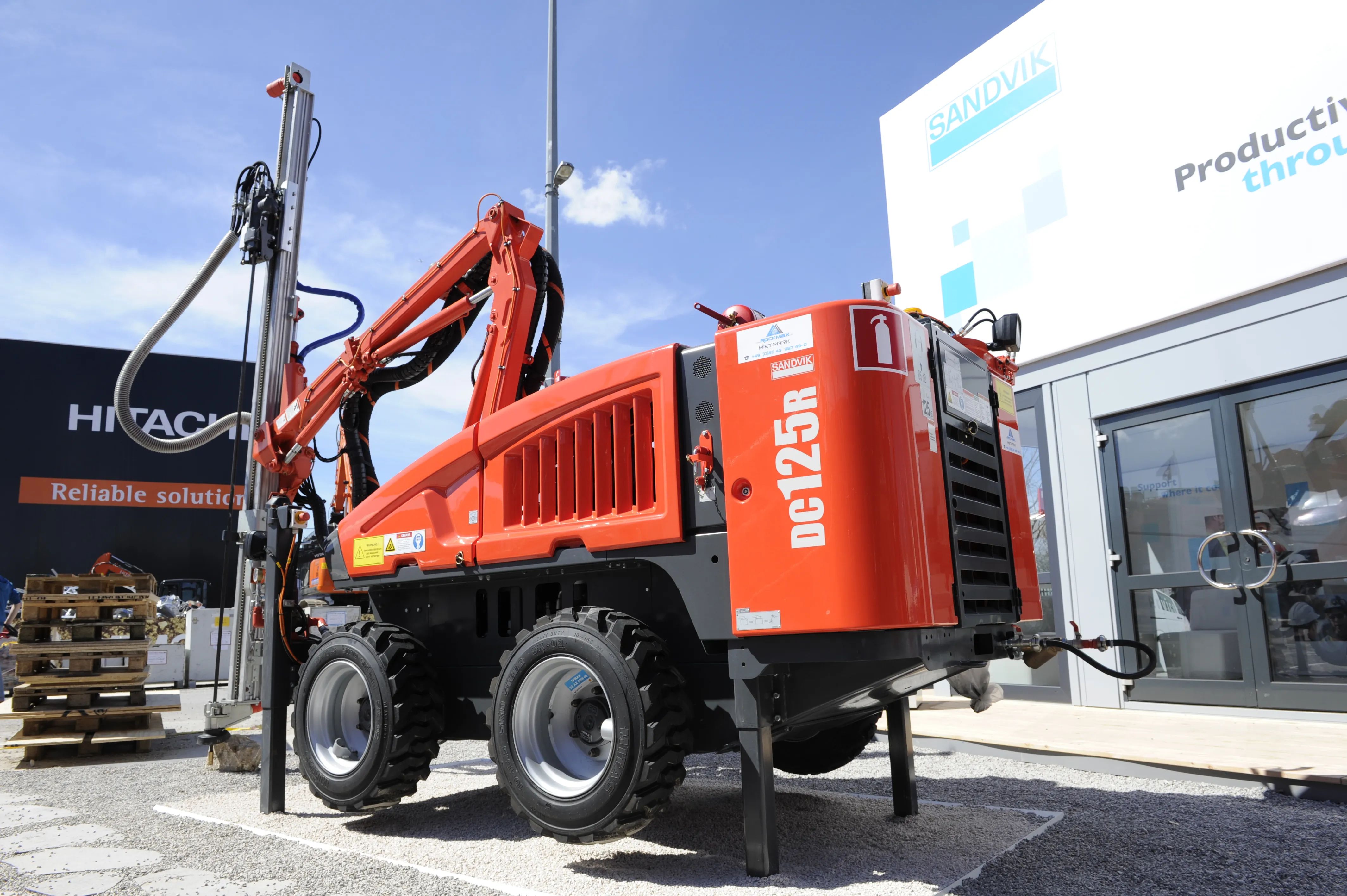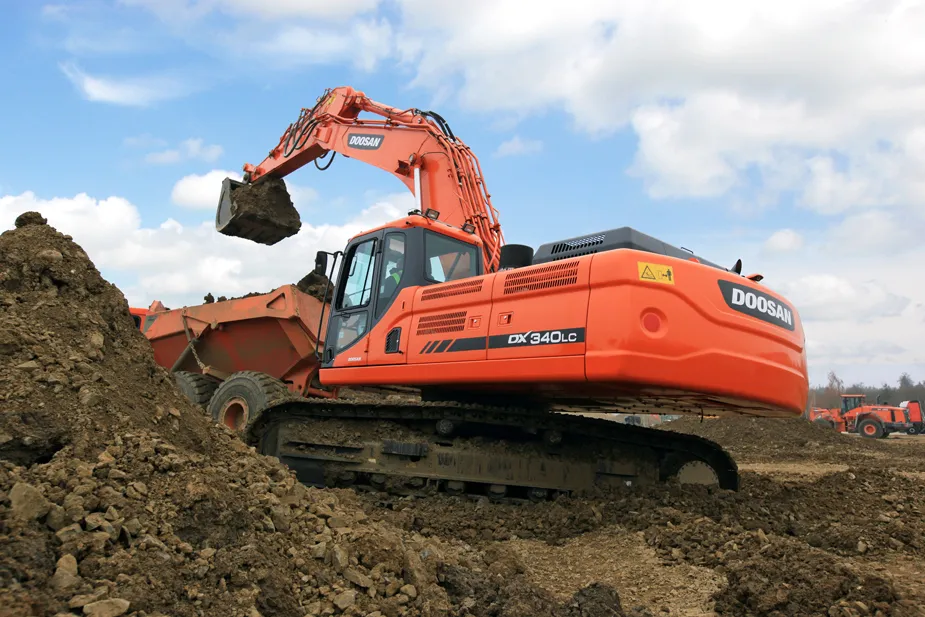The International Powered Access Federation (IPAF) and the North American National Commission for the Certification of Crane Operators (NCCCO) have joined forces to raise awareness of the dangers of working near to overhead power lines.
Speaking at Conexpo 2014, both organisations have found that a high percentage of reported fatalities involving either aerial work platforms or mobile cranes - almost 50% in the case of cranes - involve collisions with overhead power lines.
Given that most work platform o
March 11, 2014
Read time: 2 mins

The 3721 International Powered Access Federation (IPAF) and the North American 7565 National Commission for the Certification of Crane Operators (NCCCO) have joined forces to raise awareness of the dangers of working near to overhead power lines.
Speaking at Conexpo 2014, both organisations have found that a high percentage of reported fatalities involving either aerial work platforms or mobile cranes - almost 50% in the case of cranes - involve collisions with overhead power lines.
Given that most work platform operators will not be experts in power cable identification, IPAF is suggesting a simple rule of thumb when planning work. If the poles holding the electrical cable are wooden, then IPAF suggests a safe distance to work will be 9m Plus the full extended length of the platform’s boom. If the poles or pylons are metal, this suggests higher voltages are involved, so it calls for a minimum distance of 15m Plus the length of the extended boom.
The task is a little harder for crane operators, though the NCCCO provides a comprehensive guide to safe working distances for a range of voltages. However executive director Graham Brent makes it clear that the majority of fatalities involving cranes are not in fact the crane operator, but the riggers and slingers holding guiding ropes.
This the first time that the two organisations have worked together, but it has shown that there is common ground for possible future cooperation.
“There are a lot of differences between IPAF and the NCCCO, but there are a lot of common issues for us both,” said Brent. “Power lines concerns are common to both cranes and access platforms.”%$Linker:2 Asset <?xml version="1.0" encoding="utf-16"?><dictionary /> 2 55917 0 oLinkExternal www.IPAF.com <br /> International Powered Access Federation Web false /EasySiteWeb/GatewayLink.aspx?alId=55917 false false %>
Speaking at Conexpo 2014, both organisations have found that a high percentage of reported fatalities involving either aerial work platforms or mobile cranes - almost 50% in the case of cranes - involve collisions with overhead power lines.
Given that most work platform operators will not be experts in power cable identification, IPAF is suggesting a simple rule of thumb when planning work. If the poles holding the electrical cable are wooden, then IPAF suggests a safe distance to work will be 9m Plus the full extended length of the platform’s boom. If the poles or pylons are metal, this suggests higher voltages are involved, so it calls for a minimum distance of 15m Plus the length of the extended boom.
The task is a little harder for crane operators, though the NCCCO provides a comprehensive guide to safe working distances for a range of voltages. However executive director Graham Brent makes it clear that the majority of fatalities involving cranes are not in fact the crane operator, but the riggers and slingers holding guiding ropes.
This the first time that the two organisations have worked together, but it has shown that there is common ground for possible future cooperation.
“There are a lot of differences between IPAF and the NCCCO, but there are a lot of common issues for us both,” said Brent. “Power lines concerns are common to both cranes and access platforms.”%$Linker:







